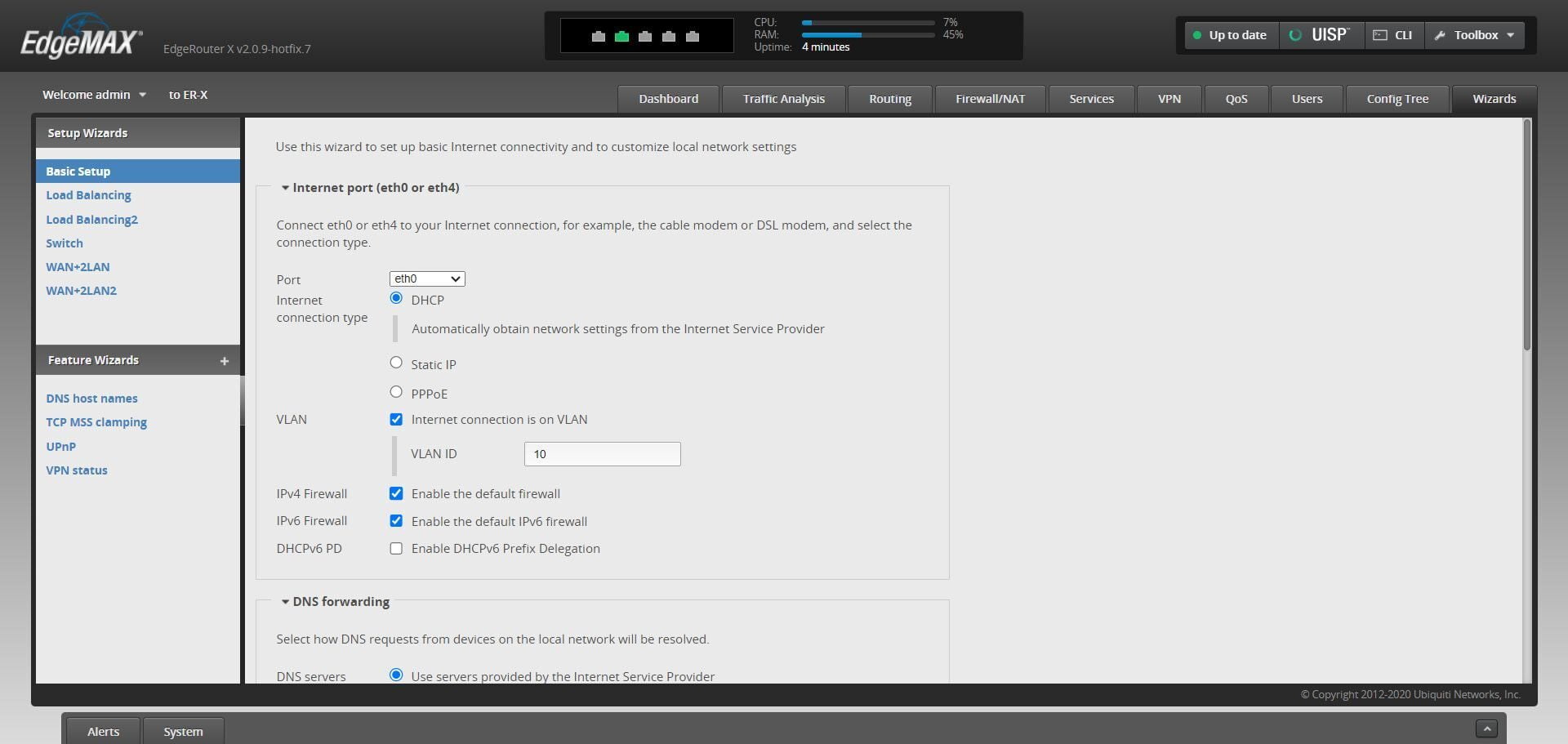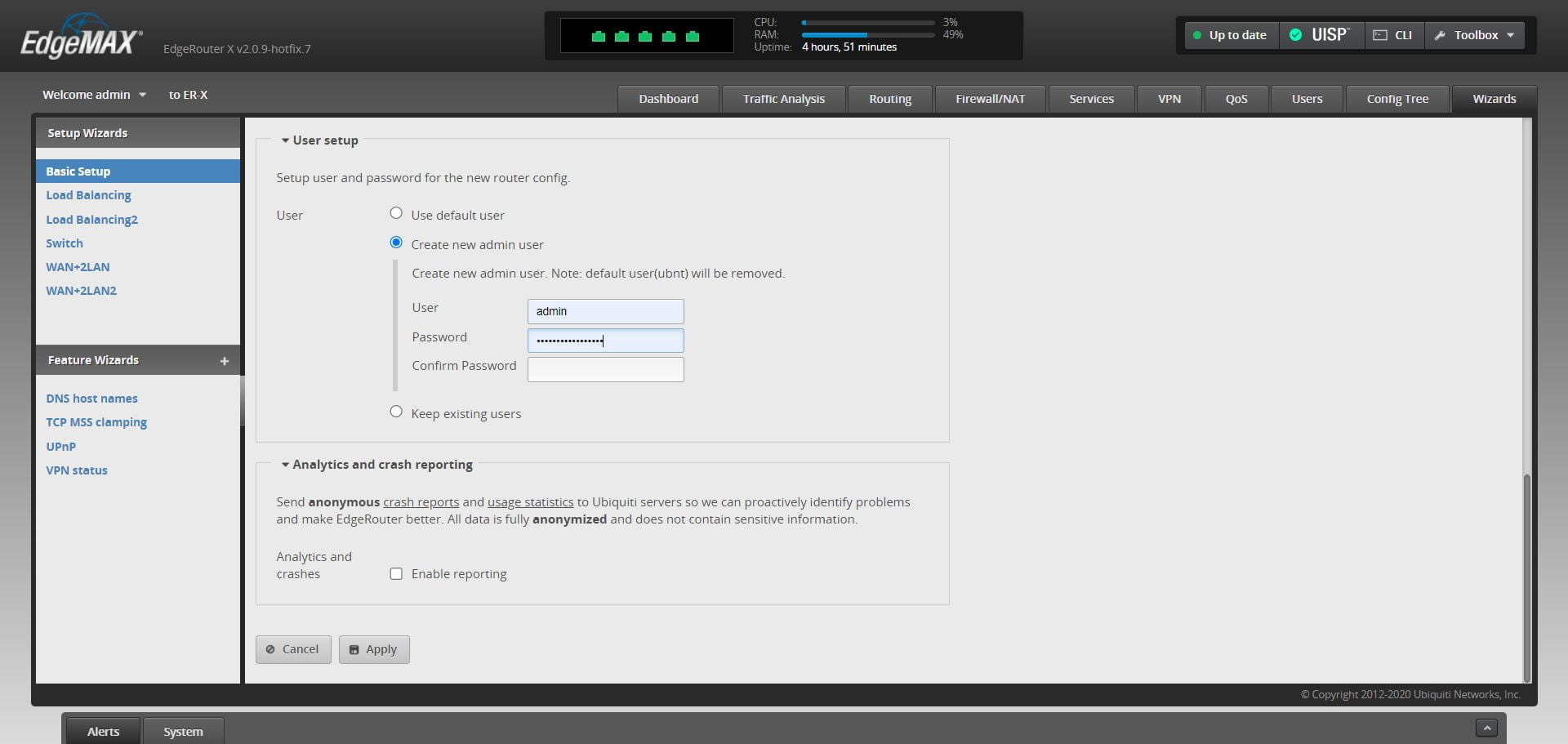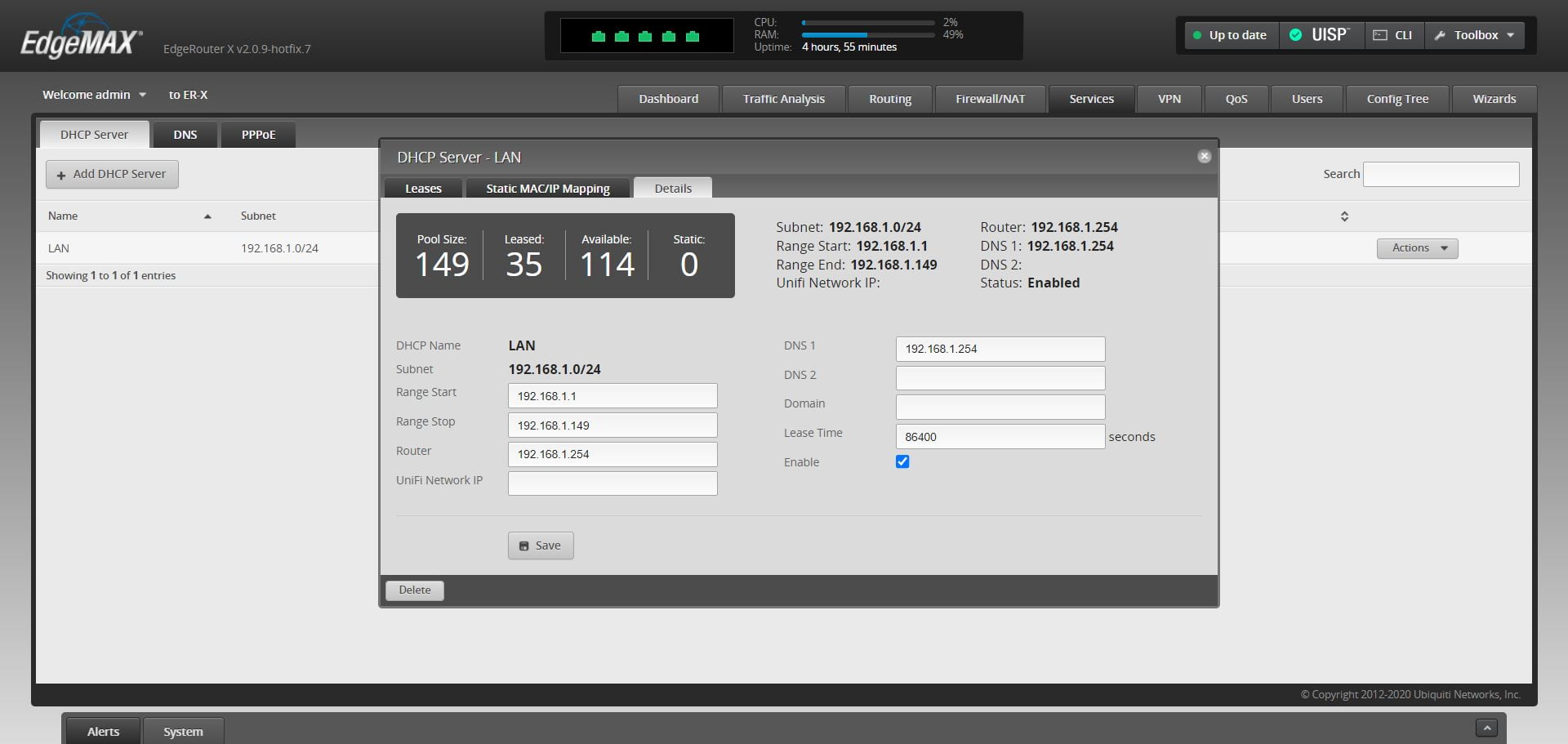A couple of years ago (2017 or 2018) our area got chosen as the pilot area for the National Fibre Rollout. It made a huge difference moving from 10Mbit/s DSL to 150MBit/s Fibre, we were delighted. Our ISP (eir) provides us with an eir F2000 router (rebranded Huawei HG659B) which served us well for a while, until we opened our little family business which, as an add-on, provides Webcam access for our customers. We installed 8 Webcams and made them available externally, using DHCP Reservations and Port Forwarding. After adding additional Webcams we noticed that the F2000 was crashing, reproduceable after adding a specific amount of DHCP Reservations. We solved this by disabling all DHCP Reservations and using Static IPs for the Webcams instead – so far so good. Also the Wi-Fi part of the F2000 wasn’t great, so we disabled that and used some TP-Links as APs.
A couple of years later (in 2023), still running the F2000, eir contacted us out of the blue and provided us with a free router replacement, an eir F3000 (rebranded Sagemcom Fast 5366S). It went in the drawer. Shortly after that, some months maybe, the F2000 started to fail regularly. We assumed that eir changed something in their backend and that the F2000 couldn’t cope anymore. We switched to the F3000, all was good again, we even upgraded from 150MBit/s to 500MBit/s. It didn’t take long and also the F3000 showed issues: the Port Forwarding stopped working randomly, after a day, a couple of days, or a week or two – restarting the router fixed it for a while until next time.
At this stage I decided that this is it, a 3rd party router was chosen: an Ubiquiti ER-X, since we didn’t new a router with Wi-Fi and after finding Conor Walsh’s website confirming that the ER-X would work just fine.
So, below you’ll find details about how to configure the ER-X to fully replace the eir router…
Shortly after switching to the ER-X I realised that the device might not be powerful enough long term (it’s pretty old hardware at this stage but still capable enough for 500MBit/s), so I decided to make the ER-X our backup device and use a MikroTik hEX S as the main router. I’ve documented the required configuration here.
The most important part is setting VLAN ID to 10. The DNS and DHCP configuration are my personal choices, also Port Forwarding and DynDNS might not be relevant to you. The last part, Hardware Offloading, is required to increase the ER-X performance, enabling it to cope with speeds of up to 500MBit/s.
Basic Setup



DHCP Configuration

Port Forwarding


DynDNS

Hardware Offloading (via CLI)
configure set system offload hwnat enable set system offload ipsec enable commit ; save